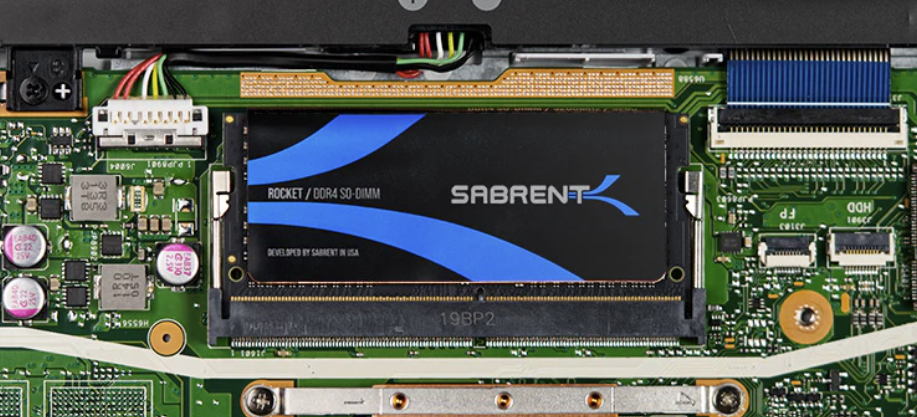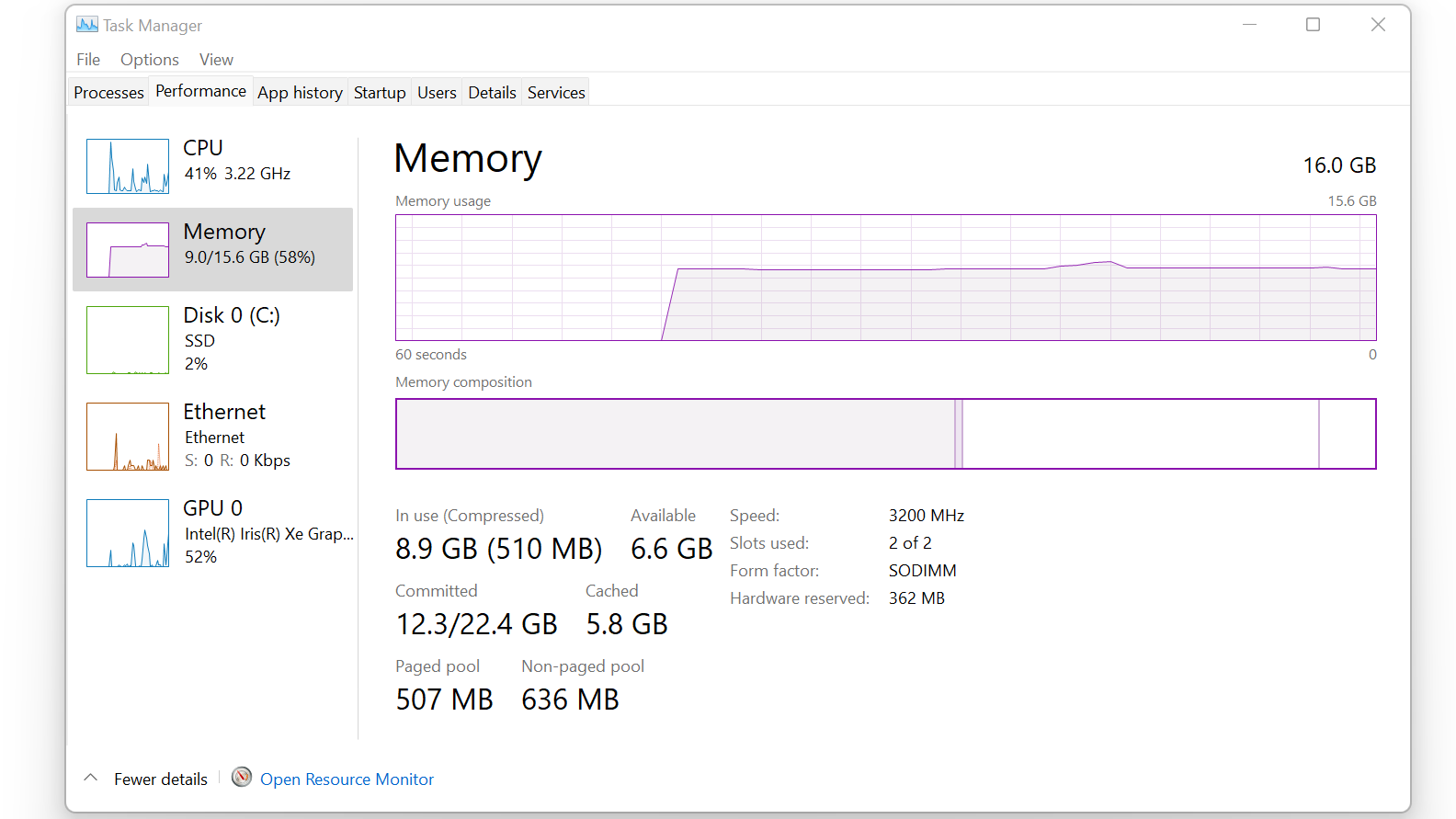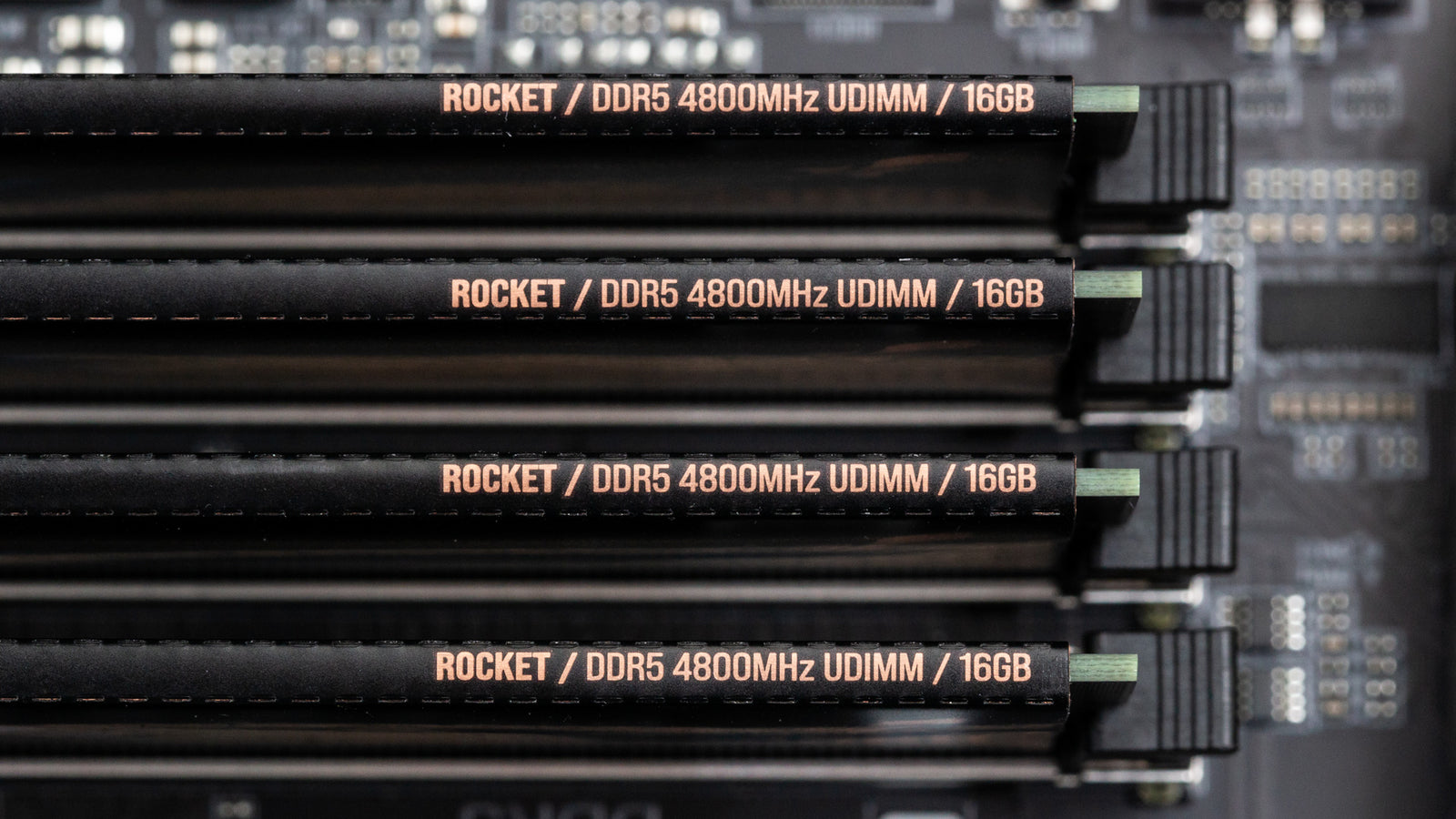DRAM memory has properties other than performance characteristics to consider, such as dual-channel mode, single- and dual-rank configurations, and 8 or 16 chips with a single- or double-sided DIMM. Most motherboards support DRAM in a dual-channel mode with one or more sticks per channel. This effectively doubles the available bandwidth, from a 64- to 128-bit bus. However, it’s possible to have more than one stick per channel and even an uneven amount of sticks per channel, although non-mirrored memory will act in a single-channel fashion.

DRAM modules will have 8 memory chips per side, or 9 if they are error-correcting, each capable of containing a certain amount of memory. Dual-sided DIMMs, of course, can have higher capacity but are likely to be dual-rank. Each rank of memory includes all the chips that are accessed simultaneously with selection, and therefore higher-density modules - which tend to be double-sided - are more likely to be dual-rank. Typically, motherboards operate best with two ranks per channel as a limitation of the CPU’s memory controller if high performance is the goal.

Our memory modules are sold in packs of one, two, or four, but are designed to work in dual-channel mode, typically with two total modules but up to four. For example, our DDR5 options include single-rank 16GB and dual-rank 32GB modules that are ideal for 64GB of overall memory. These are single- and double-sided, respectively. We offer similar options for DDR4, although the technology is a bit different - please see our respective blogs on those subjects. Regardless of what you need for memory, we have you covered.
See our memory options here.














